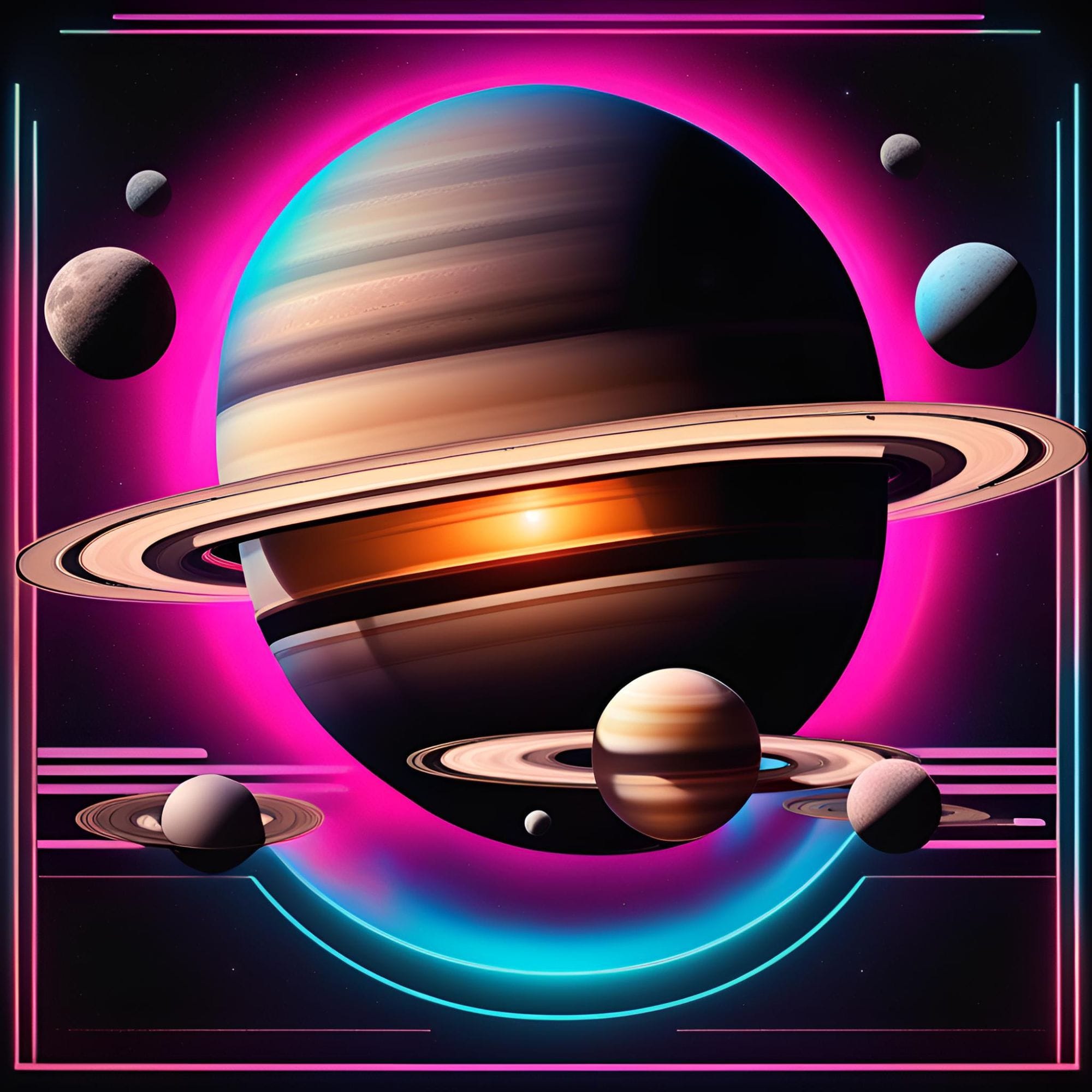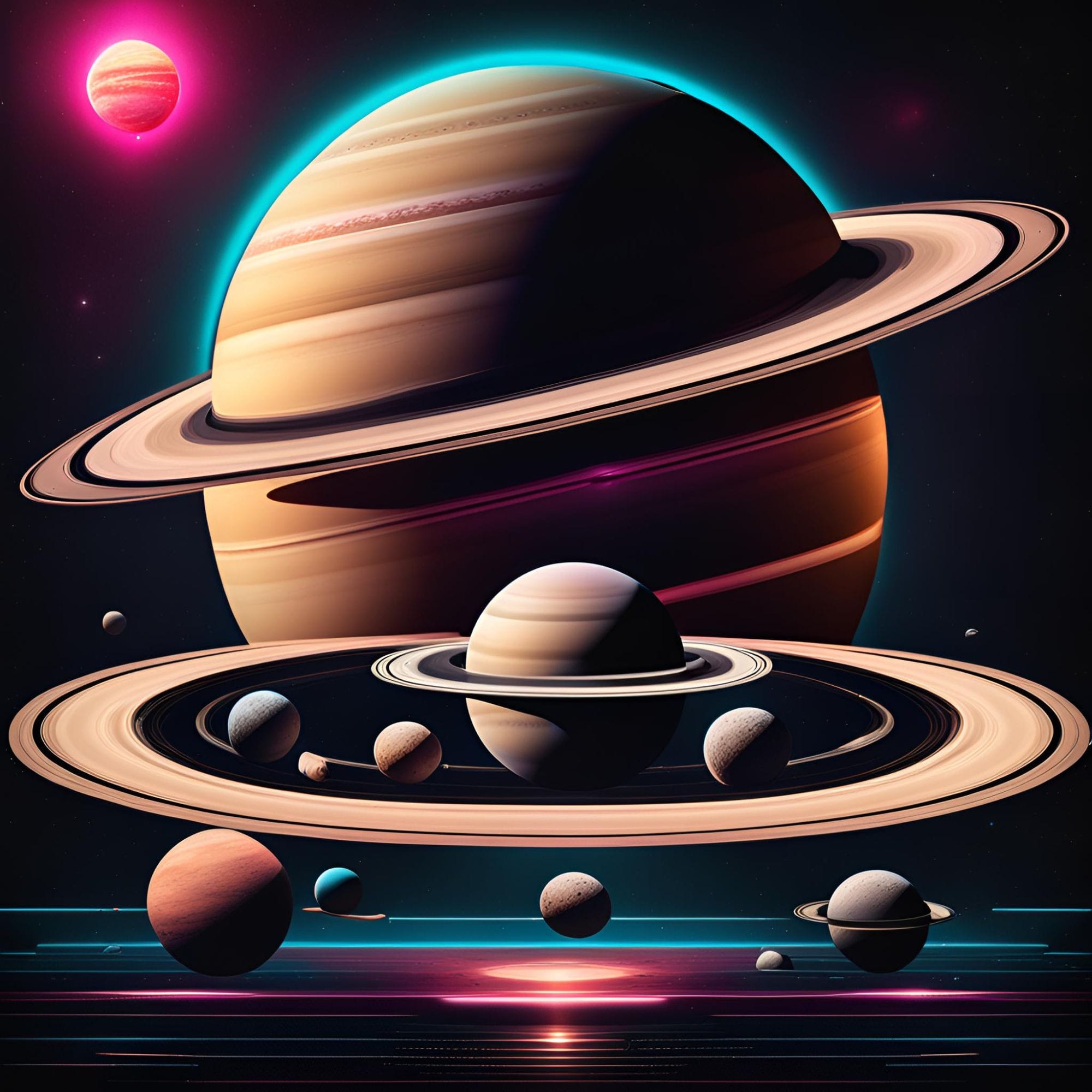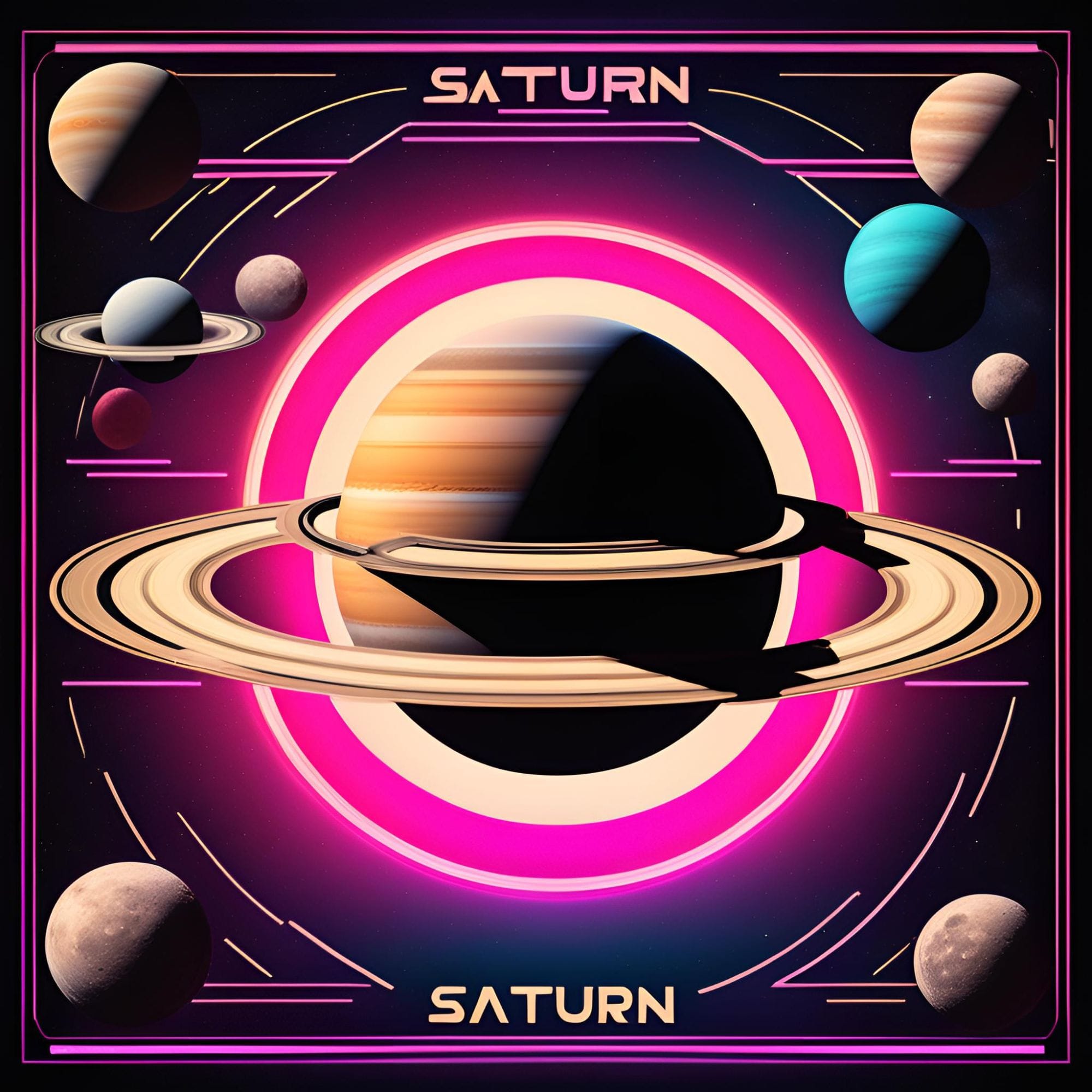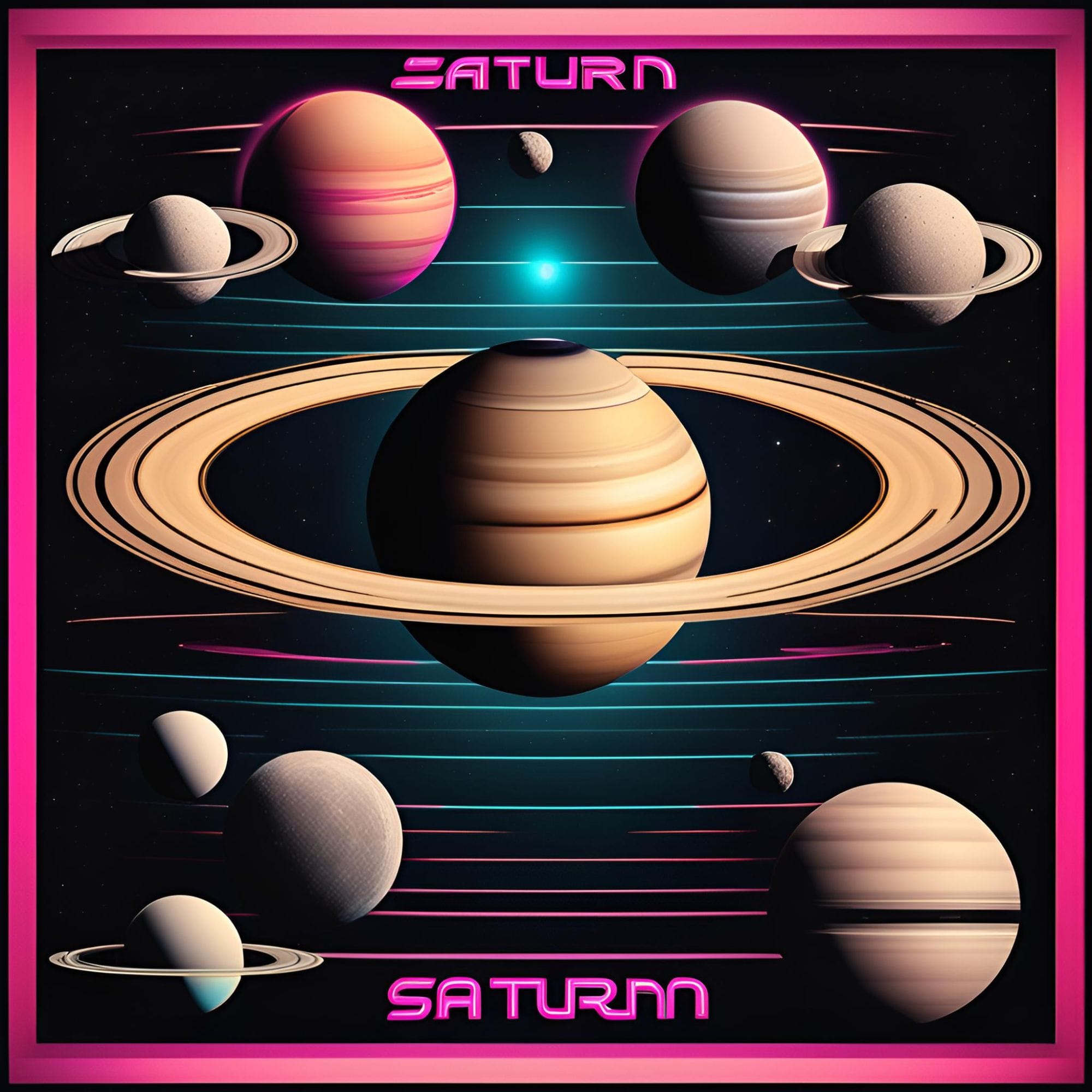Unveiling Saturn: A Comprehensive Exploration of the Ringed Planet










buymeacoffee.com coming soon..
Introduction
Saturn, the sixth planet from the sun and the second-largest in our solar system, has long captivated astronomers and space enthusiasts with its stunning beauty and unique features. With its distinct ring system and numerous moons, Saturn stands out as a celestial marvel that continues to intrigue and inspire curiosity. In this detailed exploration, we will delve into the intricate world of Saturn, uncovering its physical characteristics, diverse moons, and the groundbreaking missions that have deepened our understanding of this magnificent planet. Join us on a journey through the vast expanse of space to unravel the mysteries of Saturn, a world unlike any other in our solar system.
Overview of Saturn
Physical Characteristics
Saturn is a gas giant with a diameter of about 74,900 miles, making it nearly ten times larger than Earth. Its mass is predominantly composed of hydrogen and helium, with a small amount of other gases and elements. The planet has a low density, which would allow it to float in water if such a massive ocean existed.
The most striking feature of Saturn is its prominent ring system, which consists of countless particles ranging in size from tiny grains to large boulders. These rings are made up of ice, rock, and dust, forming a dazzling display that has captivated astronomers and space enthusiasts for centuries.
Atmosphere Composition
Saturn's atmosphere is primarily composed of hydrogen (about 96%) and helium (about 3%), with trace amounts of other gases such as methane and ammonia. The planet's distinctive banded appearance is due to high-speed winds in its atmosphere, which create alternating light and dark bands across its surface.
Saturn's atmosphere is also home to massive storms, including its famous hexagonal-shaped storm at the north pole. This hexagon, which is a persistent cloud pattern, has puzzled scientists for years and remains a subject of ongoing research.
Rings of Saturn
Saturn's rings are perhaps its most iconic feature, extending hundreds of thousands of miles into space. These rings are made up of countless individual ringlets, each orbiting the planet at a different speed. The rings are thought to be relatively young compared to the age of the solar system and are constantly changing due to gravitational interactions with Saturn's moons.
The origin of Saturn's rings remains a topic of debate among scientists, with theories suggesting they may have formed from the remnants of a shattered moon or from material captured from passing asteroids or comets. Regardless of their origin, Saturn's rings continue to fascinate astronomers and provide valuable insights into the planet's history and evolution.
Moons of Saturn
Saturn, the majestic ringed planet, is not only known for its stunning appearance but also for the fascinating array of moons that orbit around it. These moons, varying in size, shape, and composition, provide a wealth of insight into the mysteries of Saturn and our solar system. Among the many moons of Saturn, some standout for their unique characteristics and scientific importance.
Titan
The largest moon of Saturn, Titan, is a world unto itself. With a thick atmosphere primarily composed of nitrogen, Titan is the only moon in our solar system known to have a substantial atmosphere. This intriguing moon has a complex geological landscape, with vast methane lakes and rivers on its surface. Titan's atmosphere and surface features make it a prime target for scientific exploration, offering clues about the early Earth and the potential for life beyond our planet.
Enceladus
Enceladus, a small icy moon of Saturn, has captured the attention of scientists due to its geysers erupting from its south pole. These geysers spew water vapor and icy particles into space, hinting at a subsurface ocean beneath Enceladus's icy crust. The presence of this subsurface ocean raises the possibility of hydrothermal activity and the potential for habitable environments on this distant moon. Enceladus continues to intrigue researchers seeking to understand the processes shaping the moons of Saturn.
Mimas
Mimas, often referred to as the "Death Star" moon due to its resemblance to the fictional space station from Star Wars, is another intriguing satellite of Saturn. Despite its small size, Mimas boasts a massive crater known as Herschel, which gives it a distinctive appearance. The impact that formed this crater nearly shattered Mimas, highlighting the violent history of celestial bodies in our solar system. Studying Mimas provides valuable insights into the processes of crater formation and the dynamics of planetary moons.
The moons of Saturn, from the methane-rich Titan to the geologically active Enceladus and the cratered Mimas, offer a diverse and captivating glimpse into the wonders of our cosmic neighborhood. These moons continue to inspire exploration and discovery, pushing the boundaries of our understanding of the solar system and the potential for life beyond Earth.
Exploration and Missions
The exploration of Saturn has been a source of fascination for astronomers and space enthusiasts alike. Over the years, several missions have been launched to study the planet and its many mysteries. One of the most notable missions to Saturn is the Cassini-Huygens mission, which provided unprecedented insights into the planet, its rings, and its moons.
The Cassini-Huygens mission was a collaboration between NASA, the European Space Agency (ESA), and the Italian Space Agency (ASI). Launched in 1997, the spacecraft arrived at Saturn in 2004 and spent over 13 years studying the planet and its surroundings. The mission included the Cassini orbiter, which studied Saturn and its rings, and the Huygens probe, which landed on Saturn's largest moon, Titan, in 2005.
The data collected by the Cassini spacecraft revolutionized our understanding of Saturn's atmosphere, its complex ring system, and its diverse moons. Scientists were able to study the unique hexagonal storm at Saturn's north pole, the intricate patterns of its rings, and the methane lakes and rivers on Titan's surface.
Looking ahead, there are plans for future missions to Saturn that will build upon the discoveries made by Cassini-Huygens. These missions aim to further explore Saturn and its moons, including Titan and Enceladus, which have shown potential for hosting life beyond Earth.
In addition to exploring the physical characteristics of Saturn, these missions will also focus on studying the planet's magnetosphere, its internal structure, and its potential for habitability. By continuing to investigate Saturn and its moons, scientists hope to unlock more of the planet's secrets and gain a deeper understanding of our solar system as a whole.
Conclusion
In conclusion, Saturn stands out as a fascinating celestial body in our solar system, captivating scientists and space enthusiasts alike with its unique features and mysteries waiting to be unraveled. From its striking physical characteristics, including its immense size and iconic rings, to its complex atmosphere composed mostly of hydrogen and helium, Saturn continues to intrigue researchers and spark curiosity about the secrets it holds.
The diverse array of moons orbiting Saturn, such as the enigmatic Titan with its thick atmosphere and hydrocarbon lakes, the icy Enceladus with its geysers of water vapor, and the heavily cratered Mimas resembling the Death Star from Star Wars, provide further intrigue and opportunities for exploration.
The Cassini-Huygens mission, which provided unprecedented insights into Saturn and its moons, marked a significant milestone in our understanding of this gas giant. Looking ahead, future missions to Saturn promise even more discoveries and breakthroughs that could revolutionize our knowledge of the planet and its place in the cosmos.
As we continue to unravel the mysteries of Saturn and delve deeper into the wonders of our solar system, the allure of this magnificent planet remains undiminished, serving as a reminder of the boundless beauty and complexity of the universe we inhabit.






Member discussion